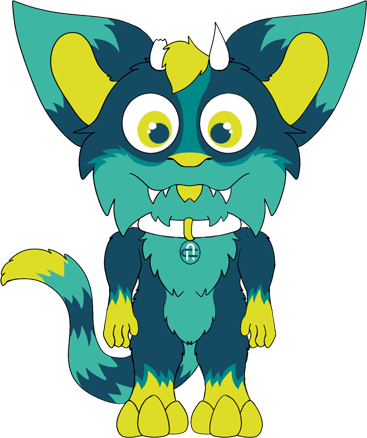non surgical versus surgical
Surgery can prevent, moderate, and in some cases remove arthritis.
In some cases a surgical approach may be beneficial or required for your dog following diagnosis of a developmental condition, trauma or when there is a suspicion of arthritis development. Surgical intervention can feel like a big and worrying decision. We appreciate it can sometimes feel like you have an uncertain prognosis for your dog, alongside the inevitable stress and anxiety to both you as an owner and your canine companion. Here at CAM we want to be able to help you along this journey and provide you with an overview of what you can expect during this process.
The orthopaedic conditions seen most frequently in our dogs are considered most commonly to be due to trauma and more often due to developmental disease. Developmental disease includes: hip and elbow dysplasias, patellar luxation, osteochondtritis dessicans (OCD), angular deformities and predisposition to cruciate rupture. The cause of these conditions are multifactorial, with genetics and physical conformation forming the main predisposing components.
As part of the investigation and diagnostic work-up, you may need to be referred to an orthopaedic specialist by your GP vet to reach a full diagnosis and to assess your dog’s options going forward. As part of this process be prepared for your dog to need extensive imaging under anaesthetic to allow your orthopaedic vet to make sure your dog is a good candidate for surgical intervention and to complete any surgical planning necessary. The mode of imaging used will depend on your dog’s condition or suspected problem following a full clinical examination. Imaging will usually be in the form of X-rays, CT, MRI or arthroscopy. The latter is when a tiny camera is put into the joint to thoroughly assess the bone and cartilage surfaces. In some cases tiny fragments of bone or frayed cartilage can be carefully removed during the arthroscopy procedure. The results from the images obtained will then influence the type of prospective surgery considered. This will take into account your dog’s condition, life stage, lifestyle and budget. No decisions can be made without a clear understanding of the condition.
When considering surgery, make sure you understand why your dog would benefit. Make sure you know what the expectations of the surgery are, what the costs will be, what aftercare is required, and what the risks are.You also need to consider whether your dog will tolerate surgery and the required recovery period as it will involve several anaesthetics, several trips to the vets, and an extended period of rehabilitation. Also consider whether there are other sources of arthritis that mean your dog will still be in pain despite the surgery. Your vet will be able to help you answer these questions.
Surgeries that aim to prevent arthritis are aimed at the young dog to correct genetic, developmental and traumatic causes of osteoarthritis. Other surgeries will aim to moderate the condition by altering the loading on the joint, or to remove fragments of cartilage/bone from within the joint. This type of surgery can be suitable for dogs of any age group. In older dogs surgery is often focused on removing or resolving arthritis by removing the painful joint, or joint surface.
There are a myriad of different interventions available which change on a regular basis, depending on the latest evidence-based research. For more information on the current interventions available and for further guidance on whether you think an orthopaedic referral for surgical intervention would be a good option for your dog please visit our strategic partner Mike Farrell’s Vet lessons website. Here you can explore all the current interventions available for each diagnosis and condition.
Conditions where surgery may be particularly beneficial are:
- Hip dysplasia
- Elbow dysplasia
- Patellar Luxation
- Osteochondritis dessicans (OCD)
- Angular joint deformities
- Cruciate rupture
- Following trauma
